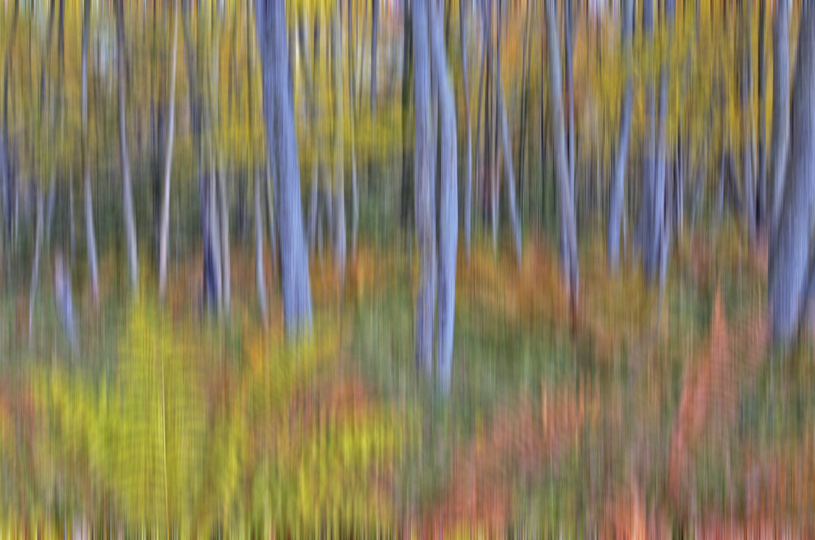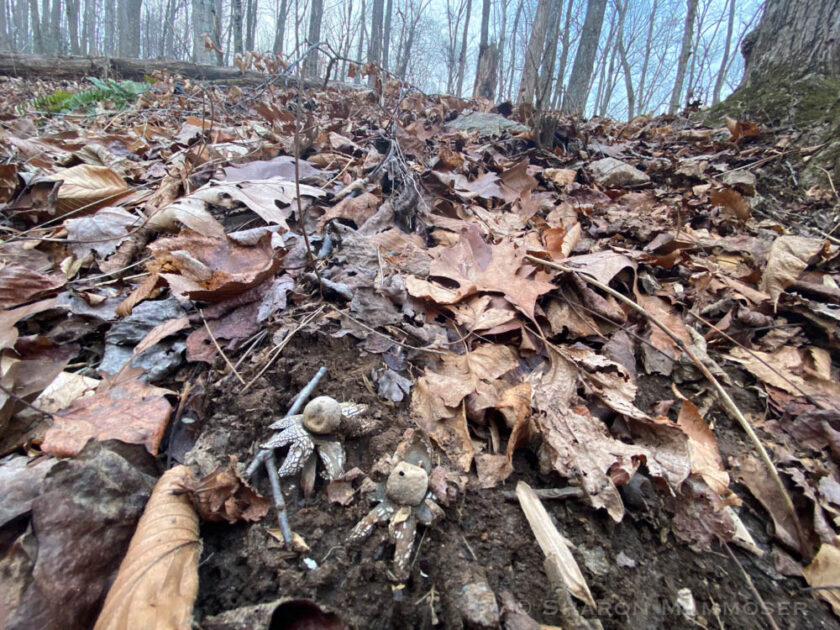Native Americans in the Blackfoot Confederacy called this fungus “ka-ka-toos” which means fallen stars and believed them to be indicators of supernatural events. When you find one or more on the forest floor, perfectly formed and like a miniature work of art, it’s easy to see why they would be described this way. They seem to appear suddenly and fit so well with the decaying leaves, as if they were placed there intentionally. A bit of research said they can be found June-September, but I have seen them in the winter too.
I do know a lot about nature but do not profess to be a fungus expert. There is so much to fungus identification that I have no practice or background in. I had no idea until recently that this fungus, which I’ve always called Earthstar fungus, is not actually in the true earth star genus. Apparently this fungus is not a true earth star fungus for several reasons, including its large spore size, and the nature of its star-rays to close up when it becomes dry, and open up again when it gets wet. If you ever find you and it is curled up, you can pour some water on it and watch the magic!

Thus, our weekly puzzler answer 290 is a Hygroscopic Earthstar (Astraeus hygrometricus), also called barometer earthstar, and false earthstar. This latter name because it is not truly Geastrum, despite a similar overall appearance. Wikipedia states, “A. hygrometricus is not related to the true earthstars of genus Geastrum, although historically, they have been taxonomically confused.”
The bottom line is that this IS a fungus! And it is super cool to discover one decorating the forest floor!
I hope your Sunday is lovely, spent doing something you truly enjoy. See you again soon!


